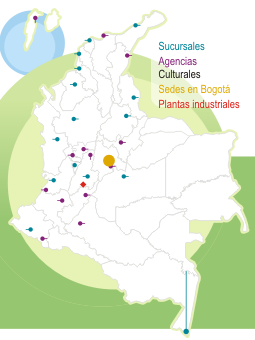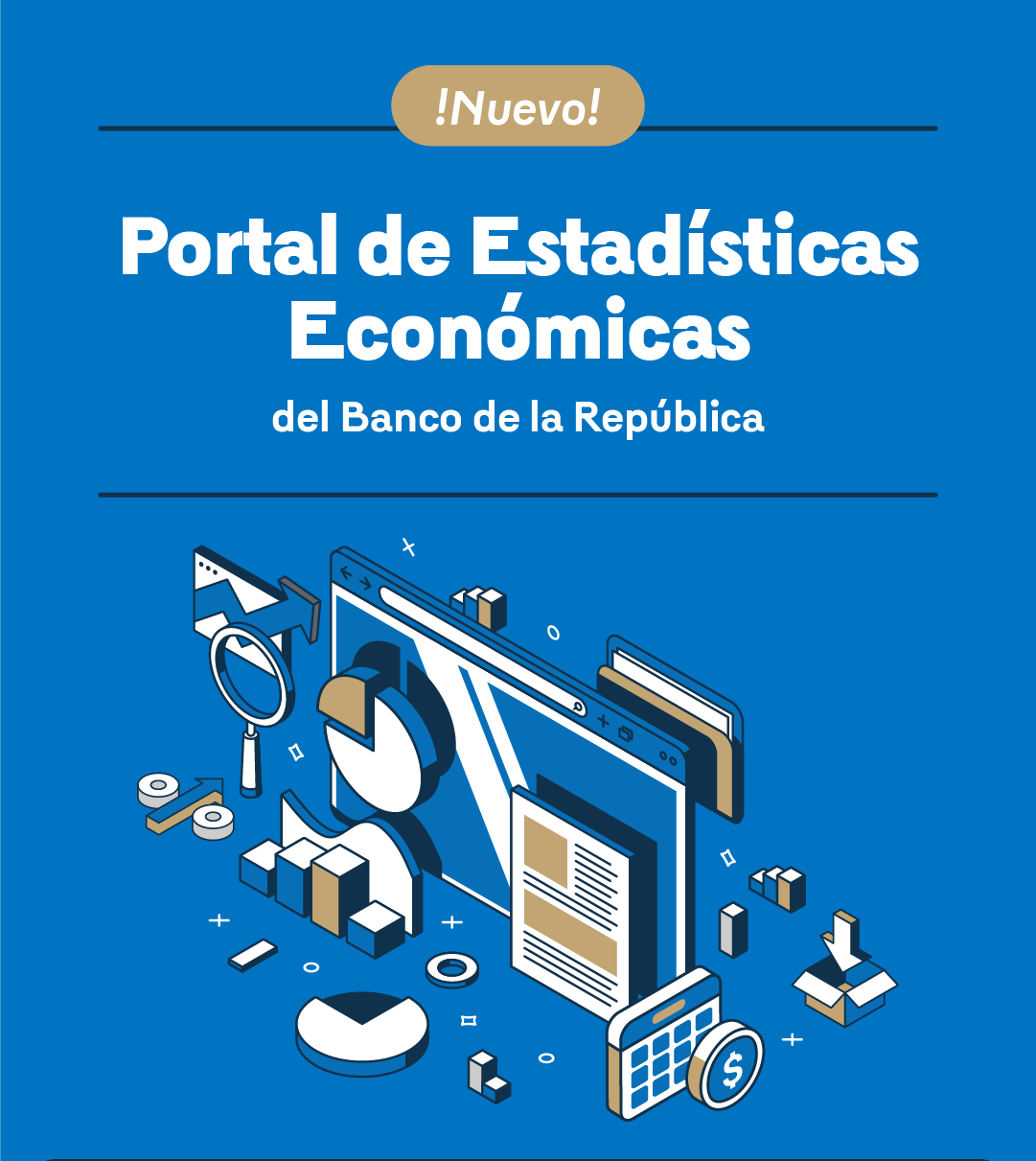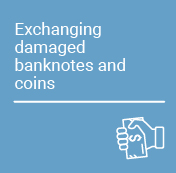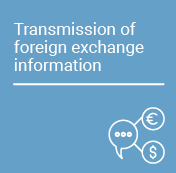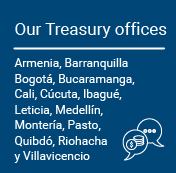Revista Ensayos sobre Política Económica (ESPE) - Impact of foreign exchange intervention and duration
In the journal Essays on Economic Policy (ESPE) - we disclose the results and policy proposals that arise from academic research carried out at the Banco de la República. When you read us, always keep in mind that the content of our articles, as well as the analyzes and conclusions derived from them, are the sole responsibility of their authors. The material disclosed in our ESPE magazine does not compromise or represent the opinion of Banco de la República or that of its Board of Directors.
En la revista Ensayos sobre Política Económica (ESPE) divulgamos los resultados y las propuestas de política que surgen de investigaciones académicas realizadas en el Banco de la República. Para nosotros es importante que ustedes puedan acceder a los resultados de investigaciones sobre la economía colombiana o temas de importancia para ella, con énfasis en evaluaciones empíricas y/o de relevancia para la conducción de la política económica.
Cuando nos lea, tenga siempre presente que el contenido de nuestros artículos, así como los análisis y conclusiones que de ellos se derivan, son exclusiva responsabilidad de sus autores. El material divulgado en nuestra revista ESPE no compromete ni representa la opinión del Banco de la República ni la de su Junta Directiva.
Approach
Since the introduction of exchange rate flexibility and the inflation targeting regime in 1999, Banco de la República (BR), Colombia's monetary and exchange rate authority, has intervened assiduously in the foreign exchange market, except in the last five years.
The objectives put forward by the authority to intervene are threefold. First, to accumulate international reserves to maintain a level that guarantees payments in foreign currencies and allows for their settlement in the face of negative external shocks. Second, to mitigate excessive volatility in the exchange rate of the peso because they can put upward pressure on inflation and negatively affect economic activity. Third, to moderate rapid and sustained deviations of the exchange rate from its trend that could compromise macroeconomic and financial stability.
The types of exchange rate intervention used by the BR have been announced, volatility control rule, discretionary, pre-announced and oral. The instruments, accumulation or decumulation option auctions, volatility control option auctions, discretionary outright purchases and announced and pre-announced outright purchase auctions.
This paper answers two central questions: What is the magnitude and duration of the impact of the different types of sterilized foreign exchange intervention and instruments in Colombia on the exchange rate of the peso against the US dollar? Also, what are the policy implications of the results?
The answers to the above two questions are crucial for the analysis and action of the exchange rate policy. If the intervention turns out to have a high and lasting impact, it could be worthwhile to assume the costs involved; otherwise, this policy would not be advisable and the peso should be allowed to float, as it has been done in recent years. Intervention should then be limited to the accumulation or deaccumulation of international reserves, when required.
To comprehensively answer the questions of interest, the article first describes exchange rate policy: objectives, types of intervention, motivations, instruments, operationalization and sterilization. It then studies and evaluates the main transmission channels of exchange rate policy: portfolio, signals and microstructure. It then estimates the magnitude and duration of the impacts of the different types of intervention and instruments on the exchange rate and its volatility, and on the size of the market and its liquidity. It immediately studies oral intervention, which is frequently used by advanced economies. The article ends with two extensions: to examine whether the structure of the exchange market matters and to evaluate whether the impact, duration and degree of pass-through depend on the initial state or conditions of the economy and the external shocks it faces.
The article uses intraday and daily information from the period 2000-2019 and different econometric techniques to evaluate the target questions: meta-analysis, instrumental variables models, Tobit models with multiplicative heteroscedasticity, event study, generalized shifting variance models and nonlinear structural threshold models.
Contribution
The article broadens and deepens the study of foreign exchange intervention in Colombia, evaluates its impacts on the exchange rate, its volatility, the size of the market and foreign exchange liquidity and the duration of those, and derives policy implications. The Colombian and international literature has focused on evaluating the effectiveness of intervention, but, with few exceptions, on analyzing and evaluating its exchange rate impact and duration and analyzing whether these depend on the state of the economy and the external shocks it faces. With this, the article contributes to the work of exchange rate policy and, incidentally, makes several contributions to the Colombian and international literature on the subject.
MESSAGE OF THE ARTICLE
The main message of the article is that the impacts of intervention are relatively small, if any, and short-lived. Therefore, the exchange rate authority should allow the peso to float, as it has done in recent years, and intervene to accumulate or de-accumulate reserves, when required. In this case, the results recommend using pre-announced interventions. In this way, the authority obtains certain benefits with low costs.
The impacts of exchange rate intervention are relatively small, when they occur, and are short-lived; therefore, the exchange rate authority should allow the peso to float, as it has done in recent years.
Results
The transmission channels of foreign exchange intervention have acted to a certain degree and under certain conditions during the periods analyzed. Exchange rate intervention, regardless of the type or instrument used, has a limited or no impact on the exchange rate and, when it does have an impact, its duration is limited to a few minutes or 2 days at most. Intervention aimed at attenuating exchange rate volatility is not statistically supported in our study. Moreover, this type of intervention increased volatility before and after the intervention. When pre-announced direct intervention is used to accumulate international reserves, the price depreciates to a minimal degree and return volatility is generally reduced. The impact of total intervention or intervention by type or instrument on market size and liquidity are inconclusive, as they are sometimes consistent with expectations and sometimes not. In addition, the results do not show that oral interventions have any effect on the exchange rate or its volatility. This finding holds for the different samples analyzed and is independent of the position of the authority making the announcement. Likewise, the paper finds that the structure of the foreign exchange market affects the degree of impact of intervention on the exchange rate. For example, intervention had greater traction when spot market liquidity was low. Finally, the impact of intervention on the exchange rate and its duration, as well as its degree of pass-through to the exchange rate, depend on the initial conditions of the economy and the external shocks faced by the economy.









